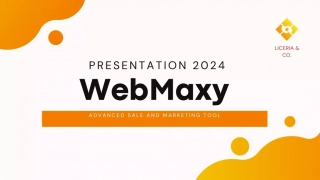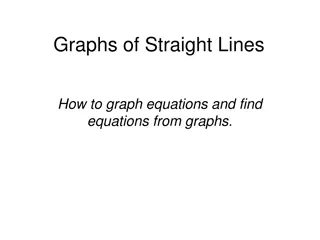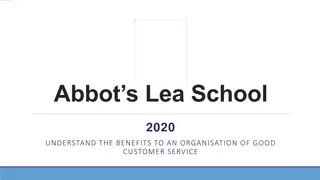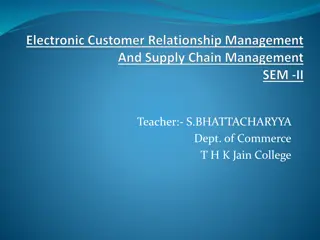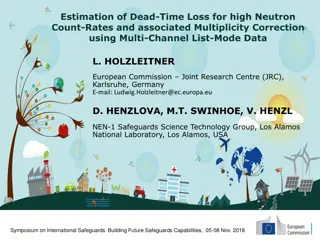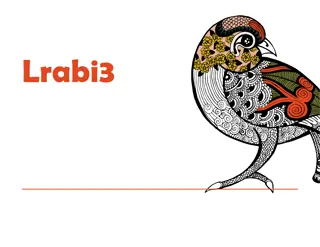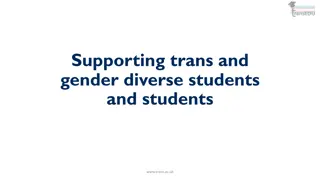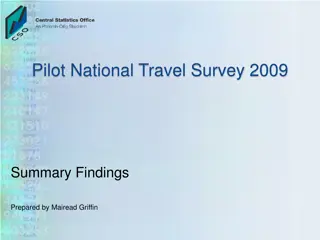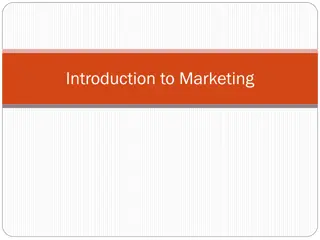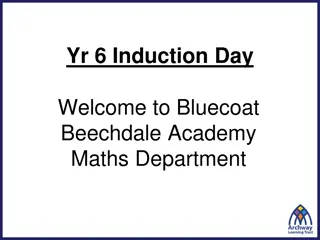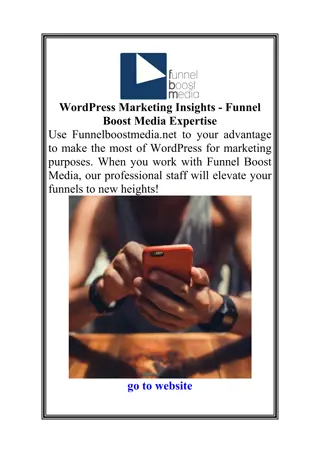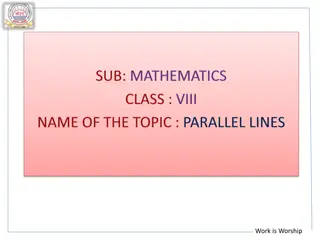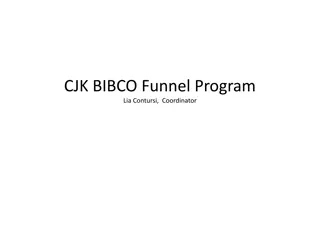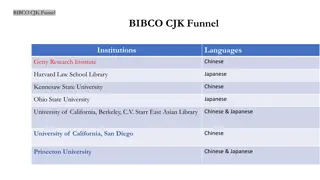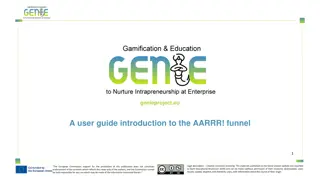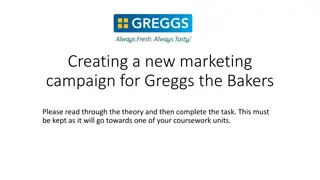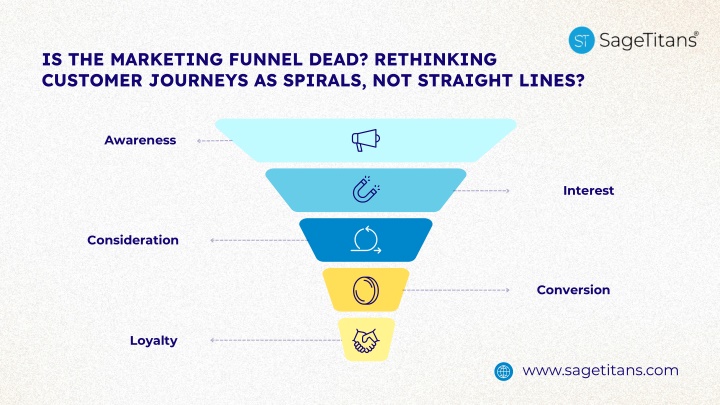
Is the Marketing Funnel Dead Rethinking Customer Journeys as Spirals, Not Straight Lines (1)
Traditional marketing funnels assume a linear path u2014 awareness to conversion. But todayu2019s customer journey is more dynamic, looping through research, comparison, and feedback multiple times. This new spiral model reflects real behavior, whe
Download Presentation

Please find below an Image/Link to download the presentation.
The content on the website is provided AS IS for your information and personal use only. It may not be sold, licensed, or shared on other websites without obtaining consent from the author. If you encounter any issues during the download, it is possible that the publisher has removed the file from their server.
You are allowed to download the files provided on this website for personal or commercial use, subject to the condition that they are used lawfully. All files are the property of their respective owners.
The content on the website is provided AS IS for your information and personal use only. It may not be sold, licensed, or shared on other websites without obtaining consent from the author.
E N D
Presentation Transcript
IS THE MARKETING FUNNEL DEAD? RETHINKING CUSTOMER JOURNEYS AS SPIRALS, NOT STRAIGHT LINES? Awareness Interest Consideration Conversion Loyalty www.sagetitans.com
THE FUNNEL A LEGACY MODEL One-Way Decision Making Linear Flow Model Designed as a straight path: Awareness Interest Desire Action, assuming a predictable customer journey. Built on the belief that customers move logically and sequentially through stages without backtracking or distractions. Limited Touchpoint Integration Outdated for Modern Buyers Fails to reflect today s multi-channel, multi-device world where customers engage in non-linear patterns. Still useful for high-level strategy, but doesn t account for repeat visits, shifting intent, or ongoing engagement in today s digital landscape.
MODERN CUSTOMERS DONT MOVE IN STRAIGHT LINES Multiple Entry Points Looping Behavior They often revisit websites, recheck reviews, and compare products multiple times before making a decision. Customers may start their journey on social media, a blog, or a friend s recommendation not necessarily from an ad or landing page. Influenced by Emotions & Trust Cross-Channel Exploration Users jump between platforms, devices, and formats watching videos, reading articles, or chatting with support before they act. Buying decisions are driven by emotional triggers, peer influence, and brand credibility not just logic. Continuous Post-Purchase Engagement Unpredictable Timing A customer may pause for days or weeks before returning to convert patience and persistence in nurturing are key. Even after buying, customers stay in the loop leaving reviews, sharing experiences, or engaging with post-purchase content.
INTRODUCING THE SPIRAL JOURNEY MODEL 01 03 05 Marketing Success Is Relationship- Based 02 04 Customer Journeys Are Loops, Not Ladders Engagement Deepens Over Time Brand Every Interaction Is Ongoing Touchpoint Shapes Loyalty Modern buyers revisit stages like awareness and consideration multiple times before converting or re-engaging. Each interaction strengthens familiarity and trust, gradually building brand affinity and emotional connection. Long-term loyalty comes from nurturing relationships, not just driving transactions. Customers don t just convert and disappear they circle back to explore, engage, and evaluate continuously. Whether it s a product review, email, or ad every moment is a chance to delight or disappoint.
KEY FEATURES OF THE SPIRAL MODEL Non-Linear Customer Journeys Personalization at Every Touchpoint Emphasis on Lifetime Value Dynamic Re- Engagement Q1 Q2 Q3 Q4 Customers loop through stages multiple times awareness, consideration, loyalty not in a fixed order. Every stage adapts to customer behavior, using data and insights to tailor messages in real time. Focus shifts from one-time conversions to long- term relationships, repeat purchases, and customer advocacy. The model supports constant interaction through retargeting, email, content, and personalized experiences.
MARKETING STRATEGY LAYERS Stop forcing linear funnels Let customers move naturally through their journey. Build long-term relationships Focus on trust, not just transactions. Track engagement loops Measure repeat visits, referrals, and feedback. Think across touchpoints Create seamless, multi-channel experiences. Support after purchase Post-sale value drives loyalty and advocacy.
STRATEGY SHIFT FROM FUNNEL TO FLYWHEEL Deliver value throughout the journey not just at the top of the funnel. Content at Every Phase Use tools to trigger relevant messages based on real-time behavior. SmartAutomation Tailor content and offers to each user s unique path and preferences. Real-TimePersonalization Ensure a seamless brand experience across web, mobile, social, and email. OmnichannelConsistency Focus on momentum attract, engage, delight, repeat. Continuous Engagement Loop
Conclusion The traditional marketing funnel served its purpose but today s customer journeys are far more complex. They loop, revisit, and engage across multiple touchpoints. To stay relevant, marketers must shift from linear strategies to spiral models that prioritize continuous engagement, personalization, and long-term relationships. It's time to stop pushing customers through a funnel and start orbiting with them.
Thank You We appreciate your time and attention. Let s reshape how we see customer journeys from funnels to spirals, from transactions to relationships. ? Have questions or want to connect? www.sagetitans.com +91 911 511 0123 Sebiz Square, IT - C6, Sector 67, Mohali

